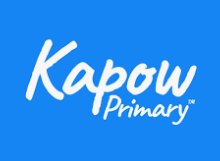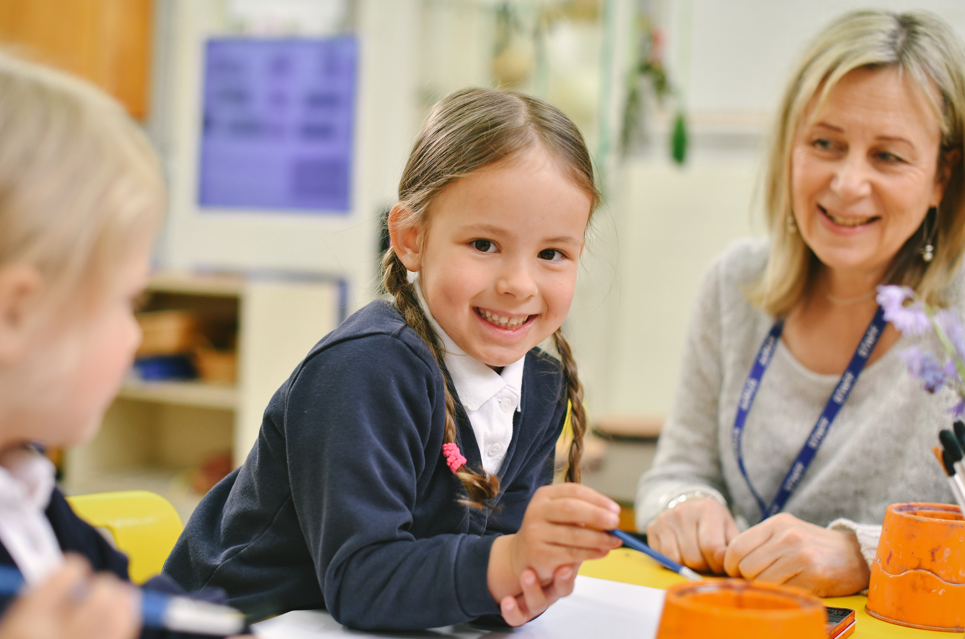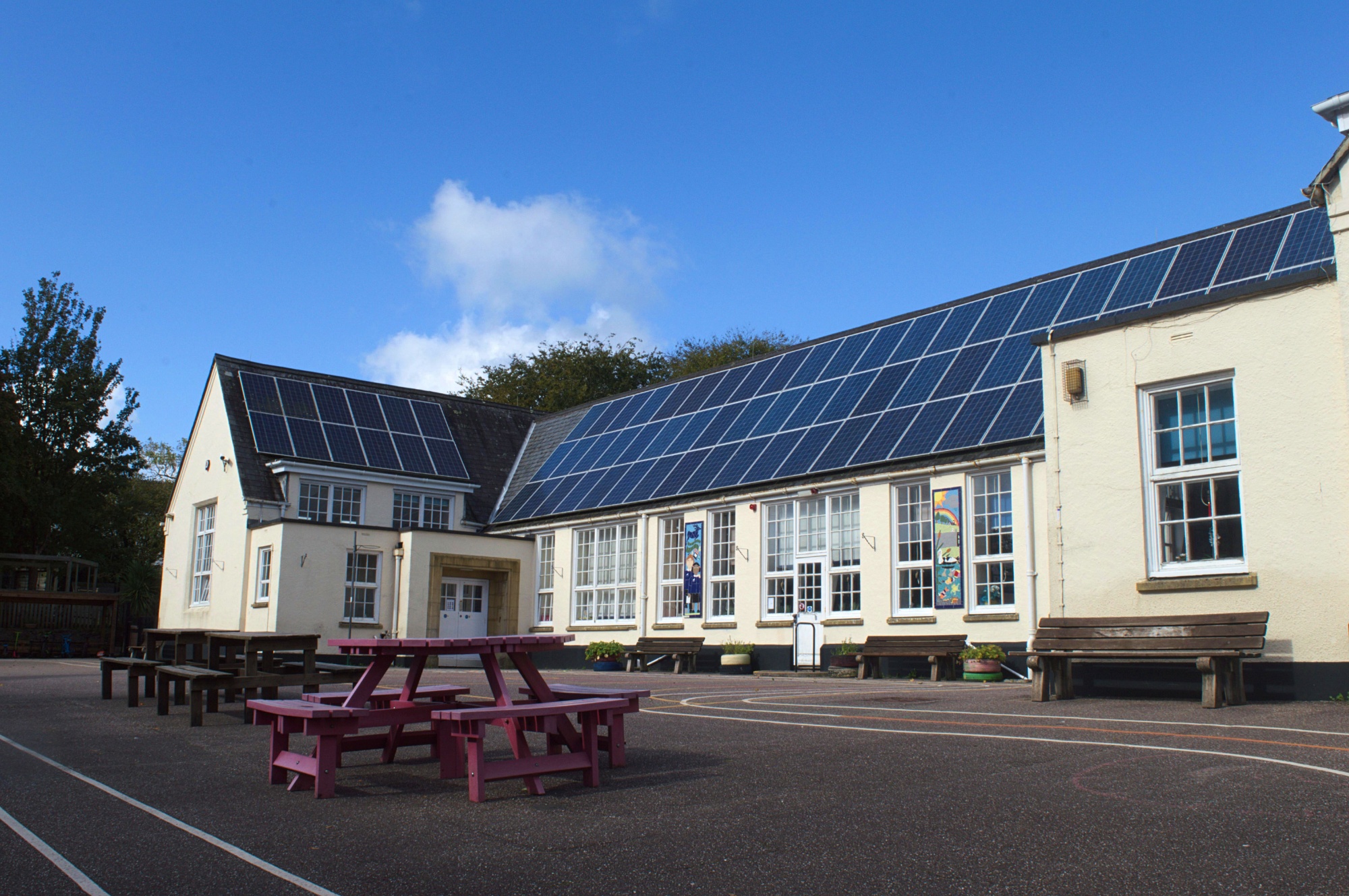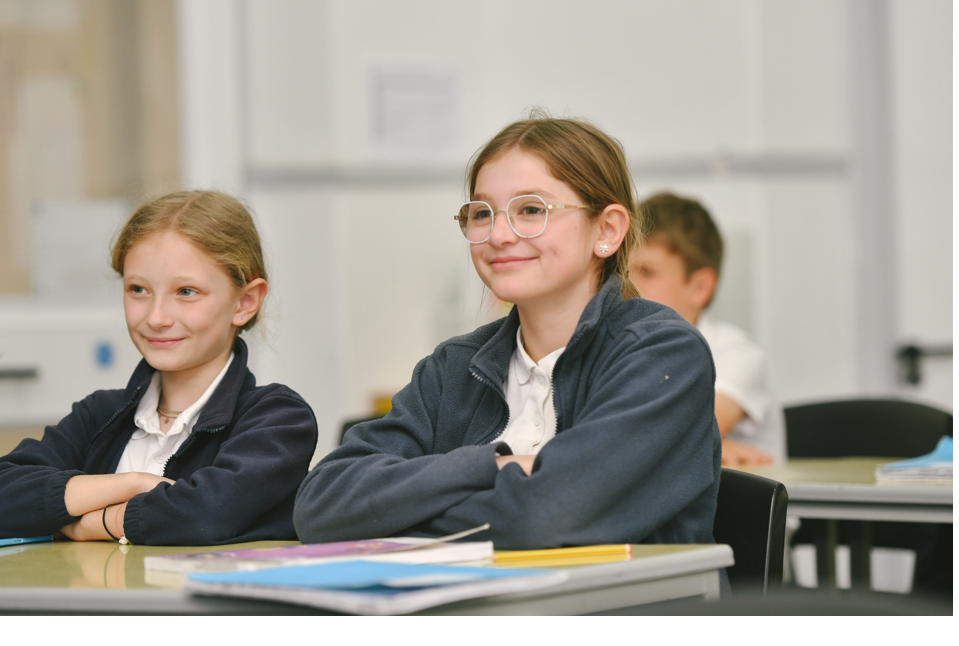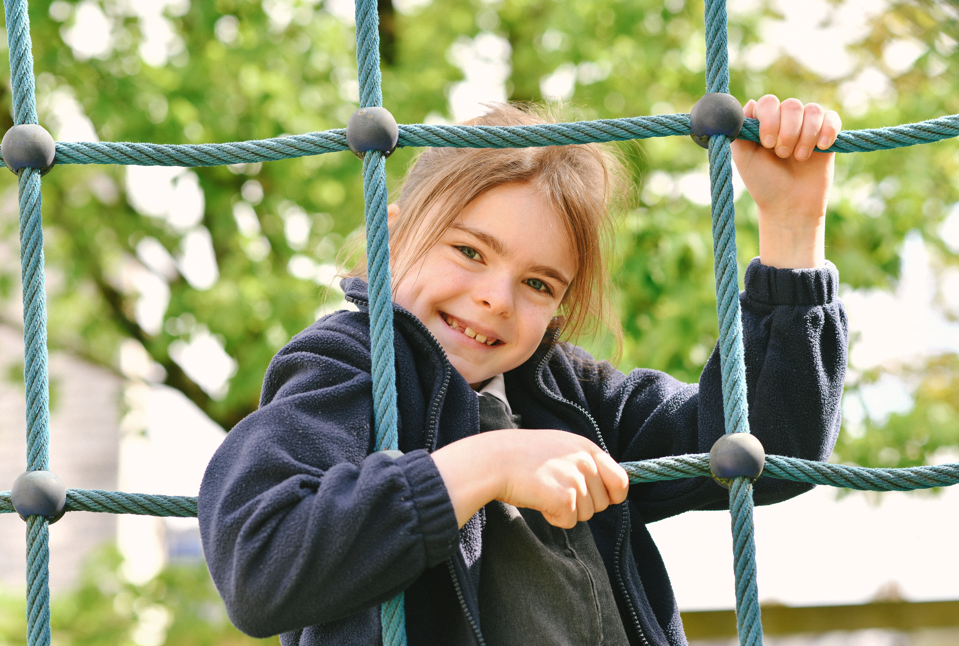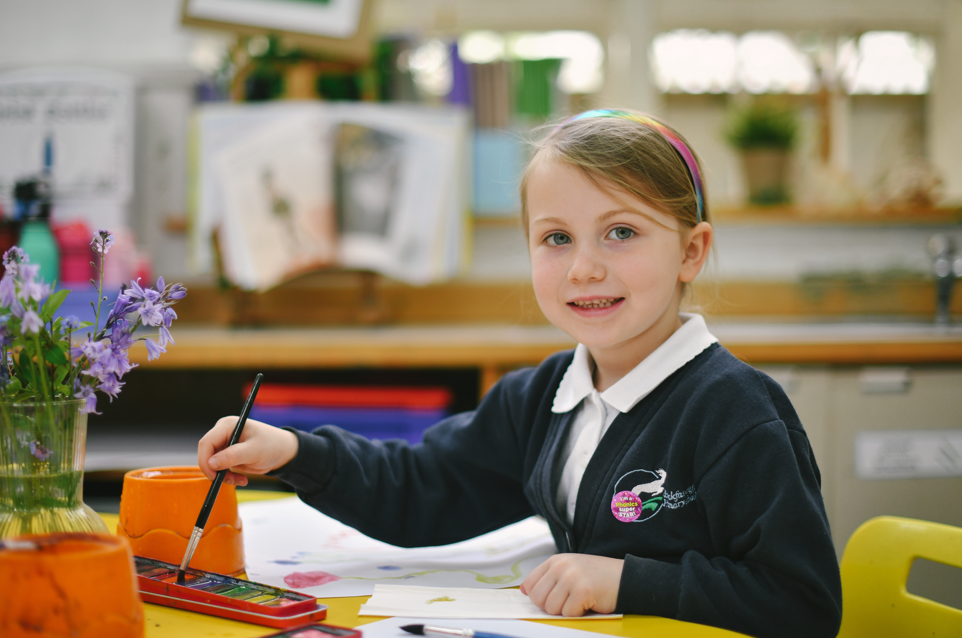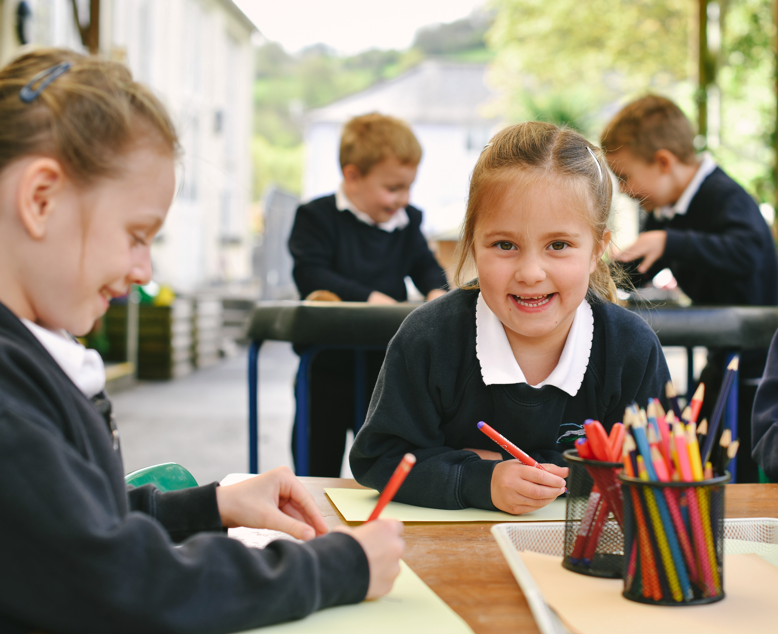Computing
At Buckfastleigh Primary School we believe that a quality Computing curriculum should enable children to become competent, versatile and safe users of technology. We provide our children with diverse and comprehensive learning opportunities both within dedicated Computing lessons and through the use of technology in other subjects.
